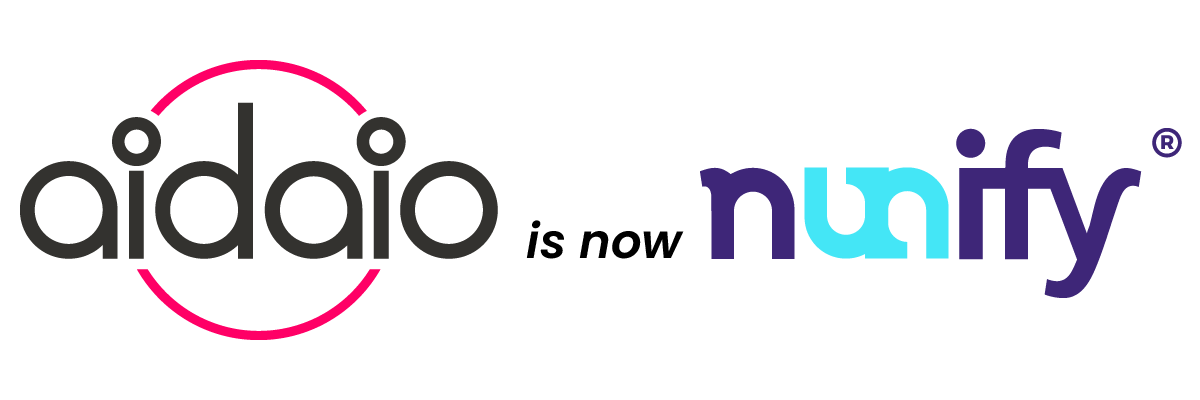Sponsors are what makes an event tick. They are one of the most, if not the most, crucial sources of revenue for your event. Revenue, in turn, is directly proportional to the success of your event, assuming all else goes well. This simply means platforms such as offline event management and online channels like an event planning app, need to cater to making a fantastic event sponsorship package.
What a sponsorship package is, in essence, your pitch on why potential sponsors should choose to invest capital and associate with your event in comparison to a whole host of events occurring across the globe. It should also incorporate the goals and objectives of your sponsors and new potential sponsors that might pop up.
It’s been a continual trend among event sponsors to demand the customisation of event sponsorship package features, hence establishing connections with attendees. In conjunction with these demands, necessary requirements like integration with event technologies, brand exposure and last, but not the least, Return on Investment (ROI). Addressing these concerns of sponsors in your sponsorship package almost certainly guarantees a great revenue extraction and in turn, a successful event with sponsors who return every year with a smile. Now doesn’t that sound nice?
So how do you go about building an event sponsorship package? Broadly, two approaches have been formulated in order to build a truly awesome event sponsorship package.
- Tiered Sponsorship model: This is the traditional approach where a variety of features are included in the event i.e. offerings, based on the sponsorship levels.
- A la carte Sponsorship model: This approach is undertaken when sponsors need to be served with flexible, customizable needs or goals, and that is of paramount importance to the sponsors.
The Tiered Sponsorship Model:
There are 3 essential steps for executing the tiered Sponsorship model. Below is a step-by-step process for the same.
- Create Tier Levels: Generally, the tiers in your sponsorship package will be labelled along the lines of Platinum Sponsors, Gold Sponsors, Silver Sponsors and exhibitors. There is a lot of creative room to innovate these tier names with the theme of the event. It also presents the opportunity to make the event sound very interactive and a bit different than others.
- Decide the perks per tier: Once the tiers have been decided, the next step is to actuate the number of packages of each tier that need to be closed in order to meet the revenue goals. Simple mathematics dictates that lesser the number of event packages there are per tier level, the more sponsorship amount they can be sold for quoting the “exclusivity” of those packages. This helps push the sponsors to make a definitive action as quickly as possible. Not only does it help you get Sponsors, it helps to plan the event forward based on the results of the pitch.
- Distribution of sponsorship returns: The higher and more exclusive the tier of the particular sponsor, the greater will be the number of high-value benefits. There are many examples of high-yield structures of tiered models which have many features such as employee engagement tools.
The A La Carte Sponsorship Model
The a la carte sponsorship is an alternate way to approach building your event sponsorship package for sponsors who seek to customize their packages and perks, and in turn, aim to gain higher ROI from the exploits. Below is a detailed approach to this model of sponsorship offering based on the event lifecycle stages.
- Pre-event
Marketing Communications
- The event sponsors logo is a must in any event registration pages and across all marketing communications that are directly or indirectly promoting the event, for example, registration e-invites.
- Social Media shout outs are a sure-fire way to evoke interest from highly relevant channels.
- Sponsor speakers are to be promoted like you would promote the social handles of all those performing key roles in the event.
- Pre-event sponsored giveaways while promoting registration.
- On-Site
Event App Design
- Featuring the sponsor logo and including a detailed profile in the event app’s sponsorship section will help give a holistic view on what the sponsors are all about.
- Highlight the sponsor’s logo on results of all polls, the homepage, even the map images, if any.
- Include download links to downloadable resources provided by the sponsors such as product collaterals or brochures.
Attendee Engagement
- If the event in gamification based, including challenges where attendees need to interact with sponsors in some capacity, will be incredibly helpful in achieving goals for both the organisers and the sponsors. Prizes are of course given away by the sponsors.
- Promote sponsor offers and giveaway that can be included as a part of the gamification process.
- Targeted alerts or push notifications go with the sponsor’s logo.
- Sponsored emails to a very specific target demographic will help further the cause of the sponsors.
- Enable sponsors to connect with attendees one-on-one through a chat/messaging function.
Venue Design
- Place the sponsor logo on any printed material and every digital marketing channel/signage displayed in the event registration area.
- On-Site competitions +giveaways will be crucial in endearing your event to the attendees and the sponsors alike.
- Post-Event
Sponsor logos and/or mention in post-event emails or surveys sent to the attendees.
These are just some in a long list of things you need to check off your sponsorship package but rest assured, if these little steps executed in an organised fashion will help attract high-profile sponsors and help organise successful events.


